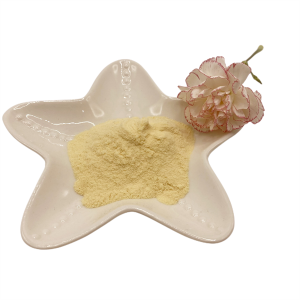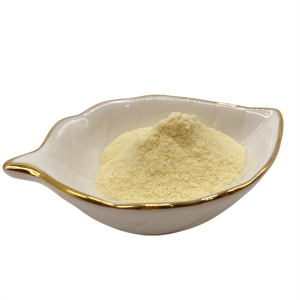Yes, plants can absorb amino acids, and this process occurs primarily through their roots and to some extent through their leaves. Here are some key points about how plants absorb amino acids:
1. Root Absorption:
 |
Root Absorption: Plants can absorb free amino acids from the soil through the root system. This is especially beneficial for soils rich in organic matter, where amino acids are released by breaking down organic matter and soil microorganisms. |
Transport Mechanism:Amino acids are taken up by root cells through specific transport proteins, promoting their movement across cell membranes.
2. Foliar Absorption:
Leaf Absorption: When applied as a foliar spray, plants can also absorb amino acids through their leaves. This method absorbs quickly and provides immediate benefits, especially during critical growth stages or under stressful conditions.
3. Benefits of Absorption:
| Nutrient Utilization: The uptake of amino acids can increase nutrient utilization and improve the overall health of the plant, as they can be used directly in metabolic processes or as precursors for protein synthesis. |  |
Stress Response: Absorbing amino acids can help plants cope with environmental stress by stabilizing cell function and enhancing recovery capabilities.
In conclusion:
In summary, plants do absorb amino acids through their roots and leaves, which contribute significantly to their growth, nutrient uptake, and ability to withstand stress. This absorption is an important aspect of plant nutrition and health.
For more information, please feel free to contact us:Info@g-teck.net
Post time: Nov-06-2024




